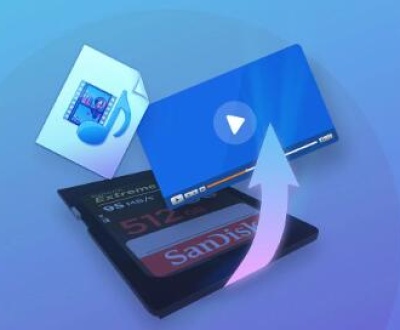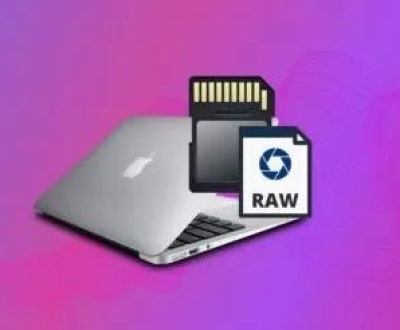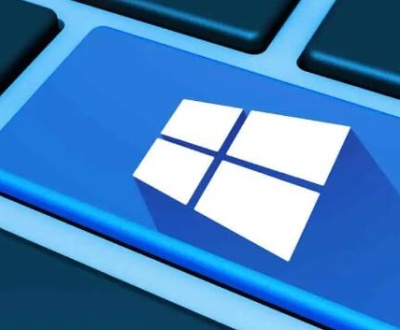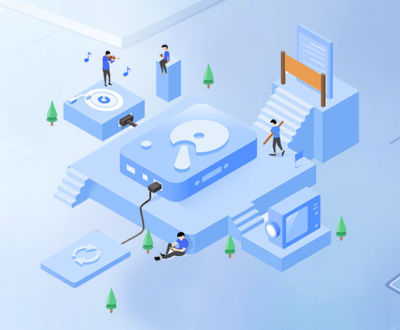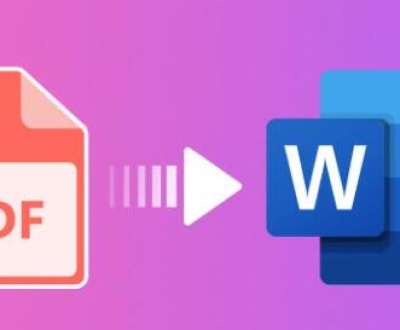Fortunately, not all is lost. Free HDD partition recovery software tools have evolved significantly and now offer powerful features rivaling their paid counterparts. These programs are engineered to scan drives, locate lost or deleted partitions, and recover data often with just a few clicks. Best of all, they cater to both beginners and advanced users, making them accessible and reliable.
What Is Partition Loss?
A partition is a logical section of a hard drive that your operating system treats as a separate drive. You might have one for your operating system (C:), one for games, and another for personal files. When a partition is lost or deleted, the data stored there becomes inaccessible. However, unless overwritten, that data remains on the disk and can be recovered with the right software.

Common Causes of Partition Loss
Accidental deletion via Disk Management or third-party tools
System crashes or improper shutdowns
Partition table corruption
Malware or virus attacks
Hard drive formatting or re-partitioning
Understanding the root cause helps in choosing the right recovery method.
Top Free HDD Partition Recovery Software
Here’s a curated list of top-performing free HDD partition recovery tools you can rely on.
1. TestDisk
Best for: Advanced users, command-line interface enthusiasts
Key Features:
Open-source and completely free
Recovers lost partitions and fixes partition tables
Works with Windows, macOS, Linux, and DOS
Supports a wide range of file systems including NTFS, FAT, ext2/3/4. and more
Pros:
Deep recovery capabilities
Can restore boot sectors
Portable version available
Cons:
No graphical interface (CLI only)
Steeper learning curve
How to Use TestDisk:
Download and extract TestDisk.
Launch via command prompt.
Select the affected disk and choose the partition type.
Analyze the disk and search for lost partitions.
Choose the partition to recover and write it back.
TestDisk is a favorite among professionals thanks to its power and flexibility.
2. MiniTool Partition Wizard Free
Best for: Beginners needing a graphical interface
Key Features:
Easy-to-use GUI
Recovers deleted/lost partitions
Provides disk health reports and partition management tools
Pros:
User-friendly interface
Also performs surface tests and health checks
Includes other disk utilities
Cons:
Free version has limitations on data recovery size
May prompt for upgrade on some features
Recovery Steps:
Launch the tool and select the lost partition recovery function.
Choose the disk to scan.
Preview recoverable files (if available).
Restore the selected partition.
Great for users who prefer visual guides over command lines.
3. EaseUS Partition Recovery
Best for: Quick partition recovery with minimal effort
Key Features:
Recovers deleted or lost partitions
Supports FAT, NTFS, EXT file systems
Automatically locates lost partitions
Pros:
Simple interface
Wizard-style guidance
High success rate for simple recoveries
Cons:
Free version limits recovery capabilities
Deep scan takes time
Steps to Use:
Open EaseUS Partition Recovery.
Select the drive containing the lost partition.
Scan for missing partitions.
Select and recover desired partitions.
Perfect for users seeking a streamlined, no-frills recovery experience.
4. DiskGenius Free Edition
Best for: Users wanting all-in-one partition and data recovery
Key Features:
Partition recovery and file recovery combined
Supports Windows file systems (NTFS/FAT/exFAT)
Clone disk or partition feature
Pros:
Can recover partitions and individual files
Provides detailed file previews
Built-in hex editor for advanced users
Cons:
Some features locked behind the paid version
Interface can feel overwhelming
Using DiskGenius:
Install and launch the tool.
Right-click on the unallocated space.
Choose “Search Lost Partitions.”
Recover the desired partition.
Ideal for both basic and in-depth recovery.
5. AOMEI Partition Assistant Standard
Best for: Beginners seeking a reliable tool with partition management
Key Features:
Partition recovery wizard
Disk cloning and migration options
Simple interface
Pros:
Easy for non-tech users
Additional disk partitioning tools
Free for personal use
Cons:
Limited to Windows OS
Advanced recovery requires Pro upgrade
Basic Steps:
Open the software and go to “Partition Recovery Wizard.”
Select the drive and scan.
Choose the lost partition from results and restore.
An excellent entry-level option for personal recovery tasks.
How to Choose the Right Tool
When selecting a free HDD partition recovery software, consider the following:
Interface preference: CLI (TestDisk) vs GUI (MiniTool, EaseUS)
Recovery depth needed: Advanced users may need sector-by-sector scanning
OS compatibility: Not all tools support macOS or Linux
Additional tools: Do you need partition management or disk health checks?
File system compatibility: Ensure the tool supports NTFS, FAT32. or exFAT as needed
Tips for Successful Partition Recovery
Stop using the drive immediately: Continued use can overwrite recoverable data.
Avoid formatting: Do not reformat the drive before attempting recovery.
Use a secondary drive: Always save recovered data to a different disk.
Be patient: Deep scans can take time, especially on larger drives.
Back up often: Recovery software is a safety net, not a substitute for backups.
What If Recovery Fails?
Sometimes, even the best software can’t recover a partition — perhaps due to severe corruption, physical damage, or overwriting. In these cases, consider the following:
Try another recovery tool: Different algorithms can yield different results.
Use professional data recovery services: Especially for physical damage or SSDs with TRIM enabled.
Check for drive health: If the drive is failing, clone it first with tools like Clonezilla or ddrescue.
Future Prevention: How to Avoid Partition Loss
Preventing future data loss is just as important as recovery. Here are some proactive steps:
Use partition software carefully: Misusing partition tools is a common cause of loss.
Create regular backups: Use external drives or cloud storage.
Enable System Restore and File History: Built-in Windows features can help recover data.
Check drive health regularly: Use tools like CrystalDiskInfo to monitor for early failure signs.
About us and this blog
Panda Assistant is built on the latest data recovery algorithms, ensuring that no file is too damaged, too lost, or too corrupted to be recovered.
Request a free quote
We believe that data recovery shouldn’t be a daunting task. That’s why we’ve designed Panda Assistant to be as easy to use as it is powerful. With a few clicks, you can initiate a scan, preview recoverable files, and restore your data all within a matter of minutes.
Subscribe to our newsletter!
More from our blog
See all postsRecent Posts
- Retrieve deleted videos from sd card 2025-04-25
- How to retrieve damaged sd card? 2025-04-25
- Retrieve photos from sd card 2025-04-25

 Try lt Free
Try lt Free Recovery success rate of up to
Recovery success rate of up to

